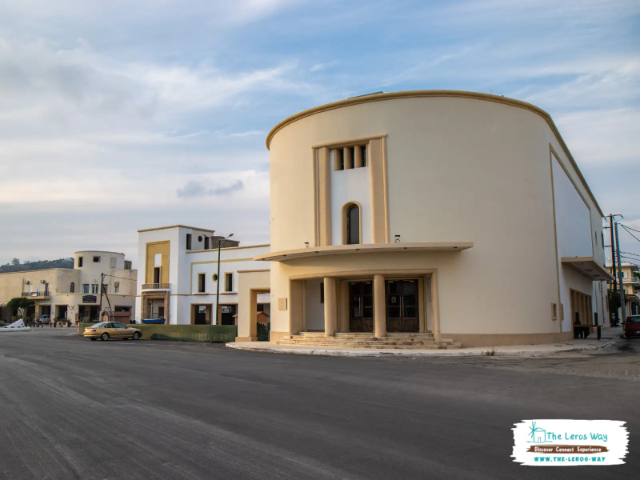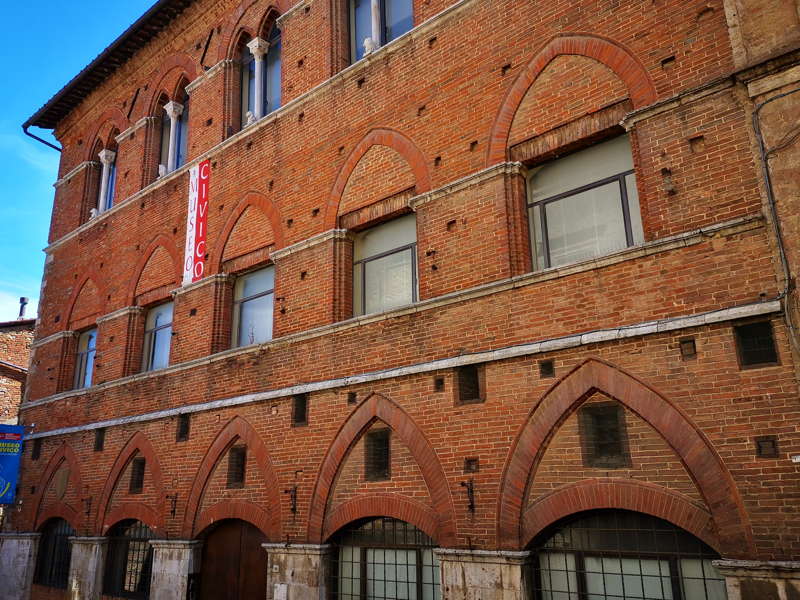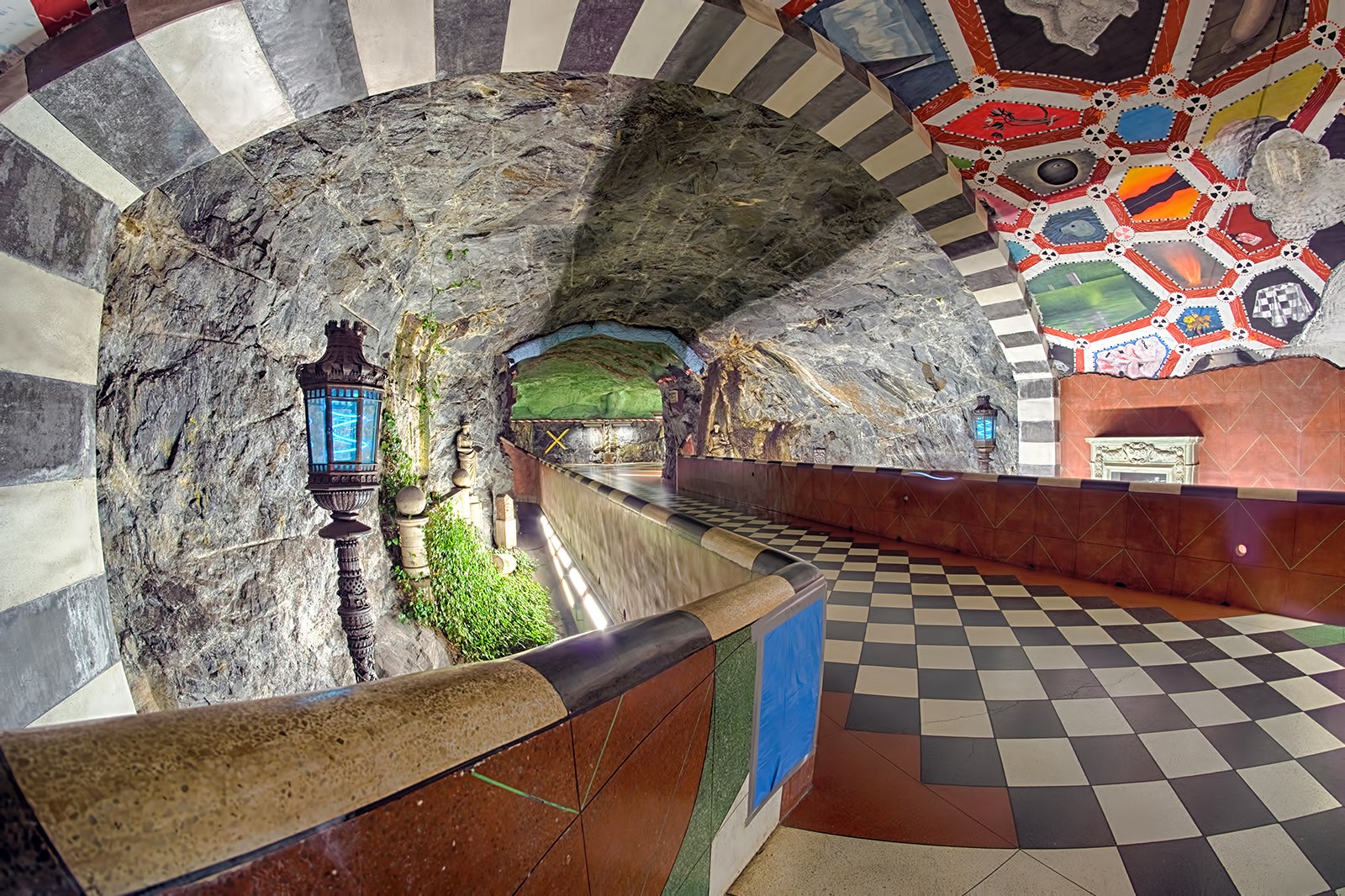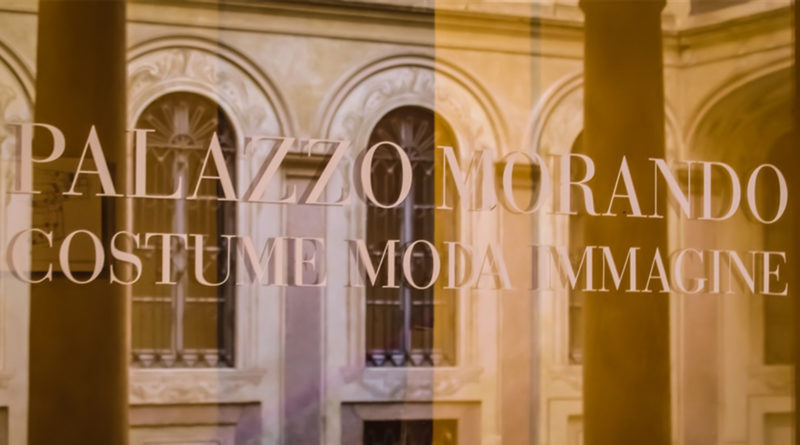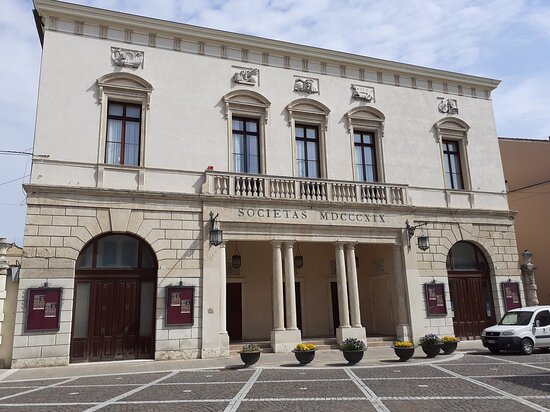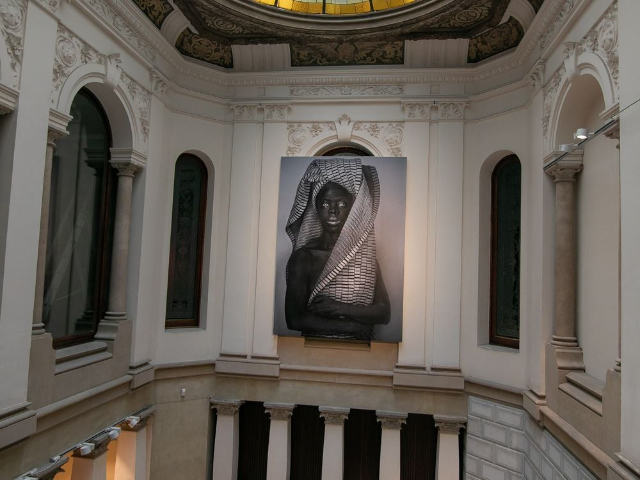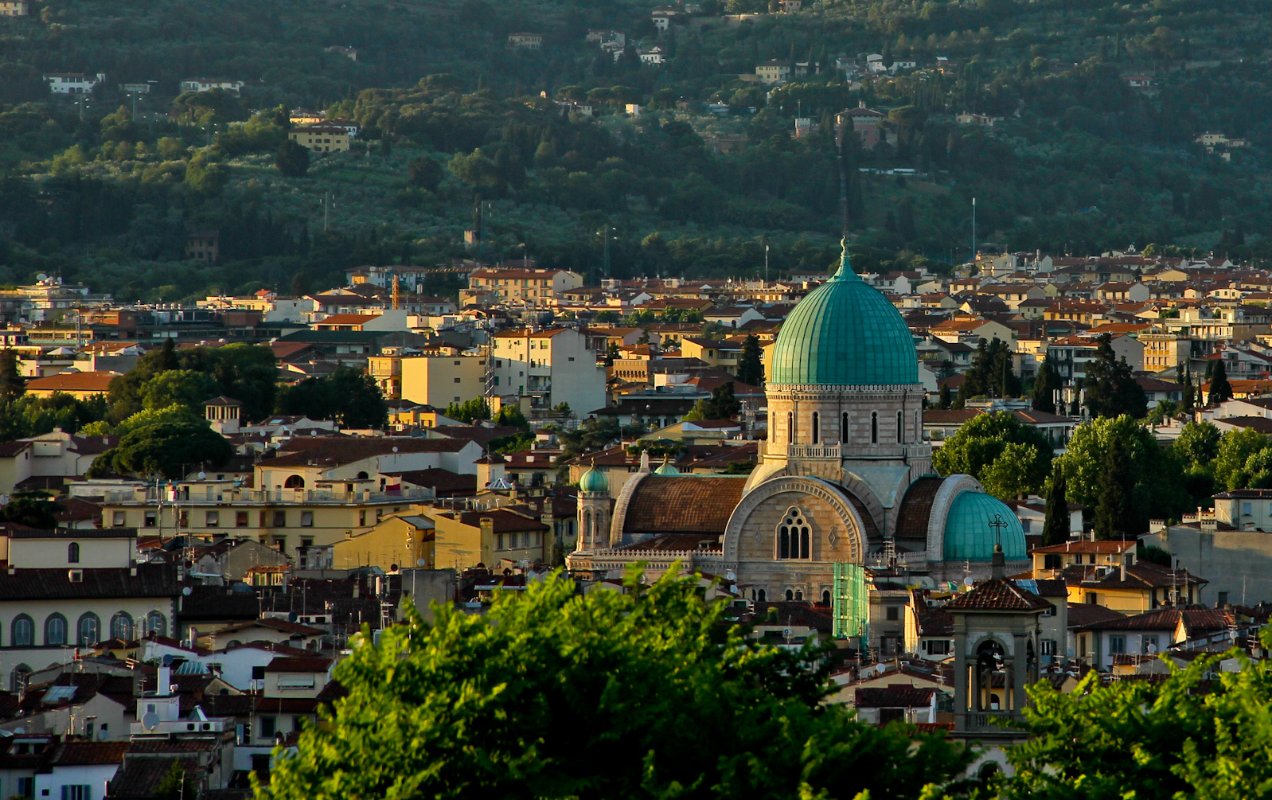The Lakki Cinema in Lakki, Greece, offers more than just a place to catch a movie; it serves as an architectural representation of a political vision that dates back to the era of Benito Mussolini. Built during the Italian occupation of the Dodecanese islands, the cinema is a remnant of Mussolini’s grand plan for a fascist Mediterranean utopia.
The architecture of the cinema is distinctly rationalist, embodying the ideals of order, symmetry, and monumentalism that were associated with fascist architecture of the time. The façade is streamlined, devoid of ornate decorations, and it emphasizes functionality and geometric simplicity, characteristics highly valued in rationalist design.
While the exterior may bear stark lines and austere design, the interior has often been praised for its acoustic quality, a design feature that allows for an immersive cinematic experience. The seating and layout are also meticulously planned to offer unobstructed views, blending form and function in a manner consistent with rationalist principles.
The Lakki Cinema stands today as a controversial monument, caught between its aesthetic merits and the political ideals that inspired it. For some, it is a haunting reminder of a repressive regime and its dreams of imperial grandeur. For others, it’s an architectural marvel that deserves preservation, if only as a testament to a significant chapter in the history of design.
Though the original political ideology that led to its construction has long been discredited, the cinema remains a point of discussion and reflection on the power of architecture to embody and perpetuate political and social ideas. Visitors to Lakki can explore this complex legacy firsthand, perhaps catching a film screening that adds yet another layer of interpretation to the building’s storied history.
The cinema is often included in architectural tours of the area and has become a case study for students and scholars interested in the intersection between politics and architectural design. Its story serves as a compelling example of how built environments can outlive the ideologies that create them, forcing contemporary audiences to reckon with their complex histories.

